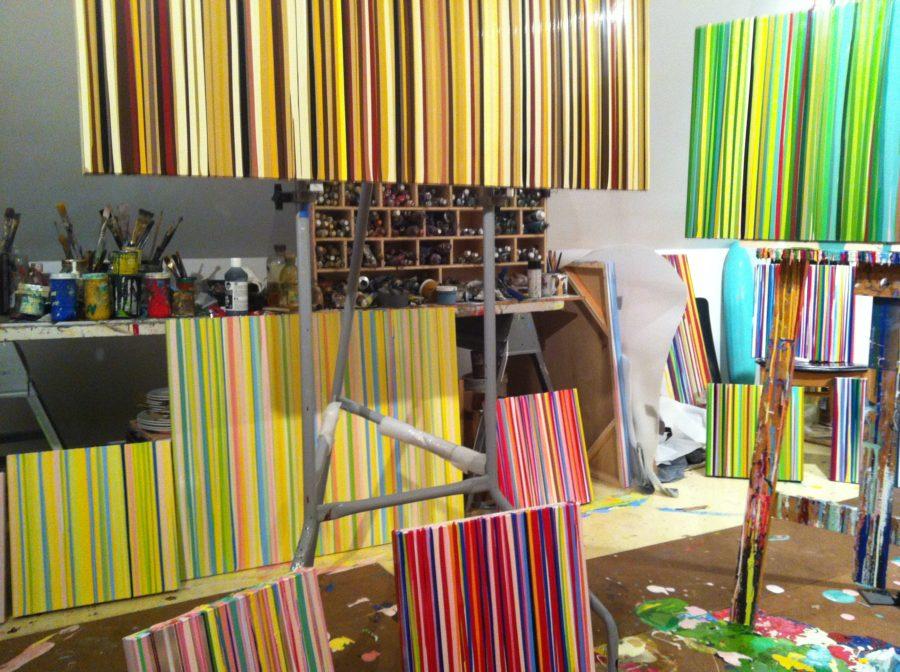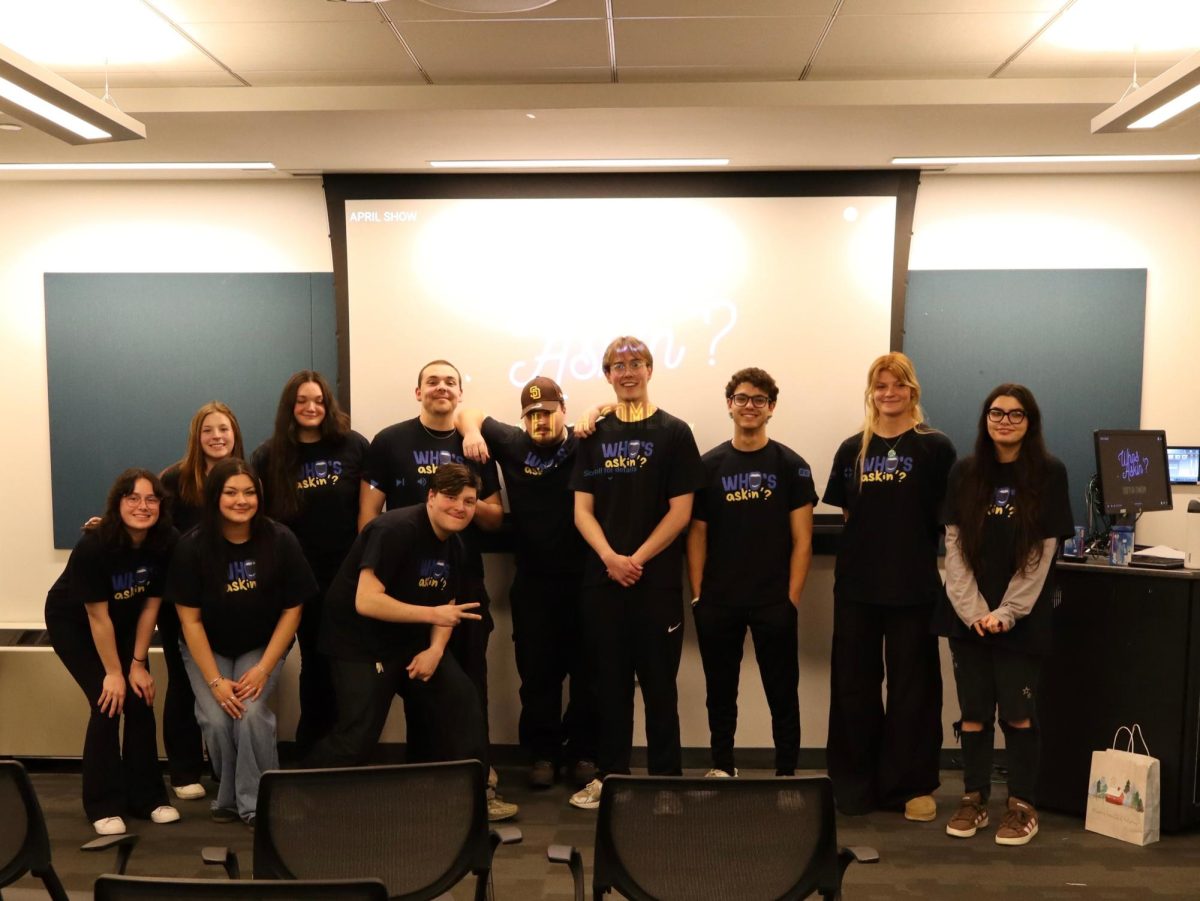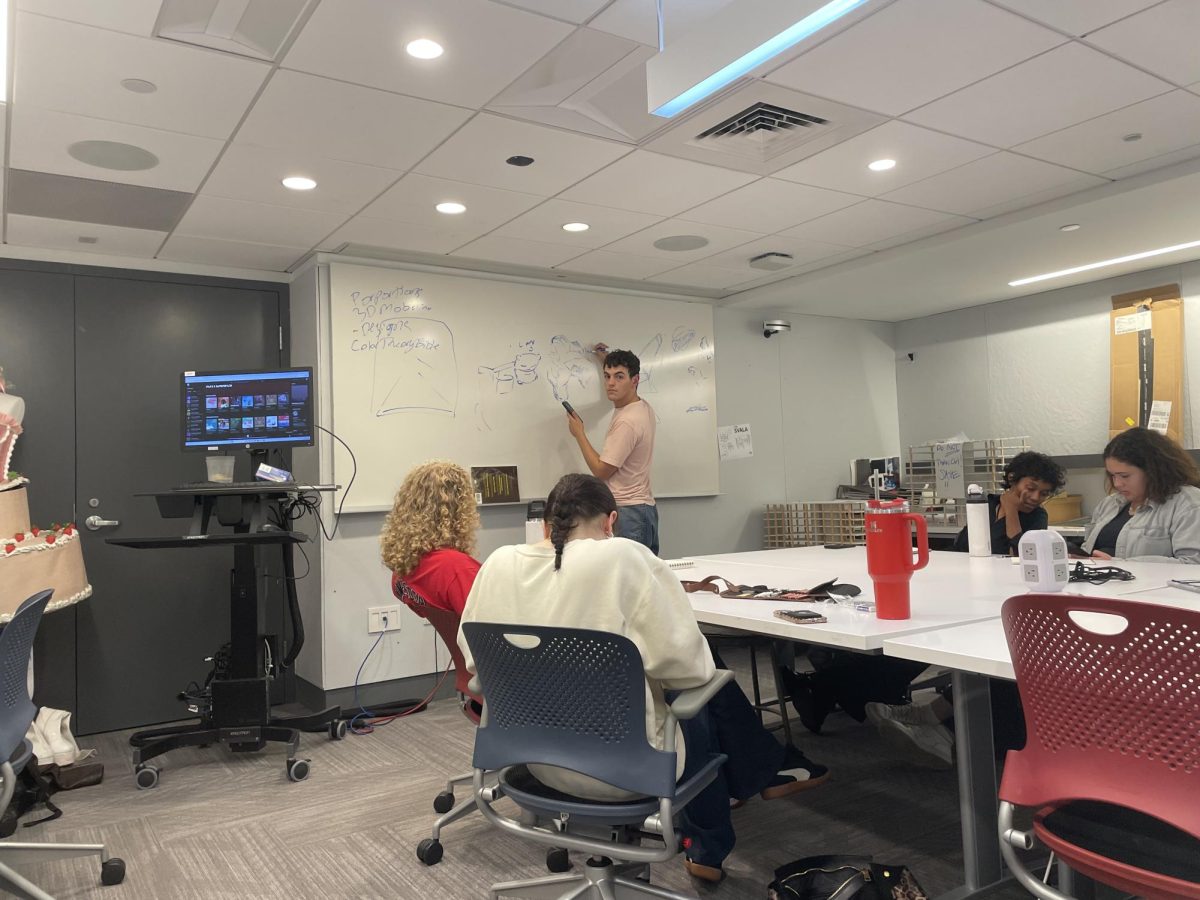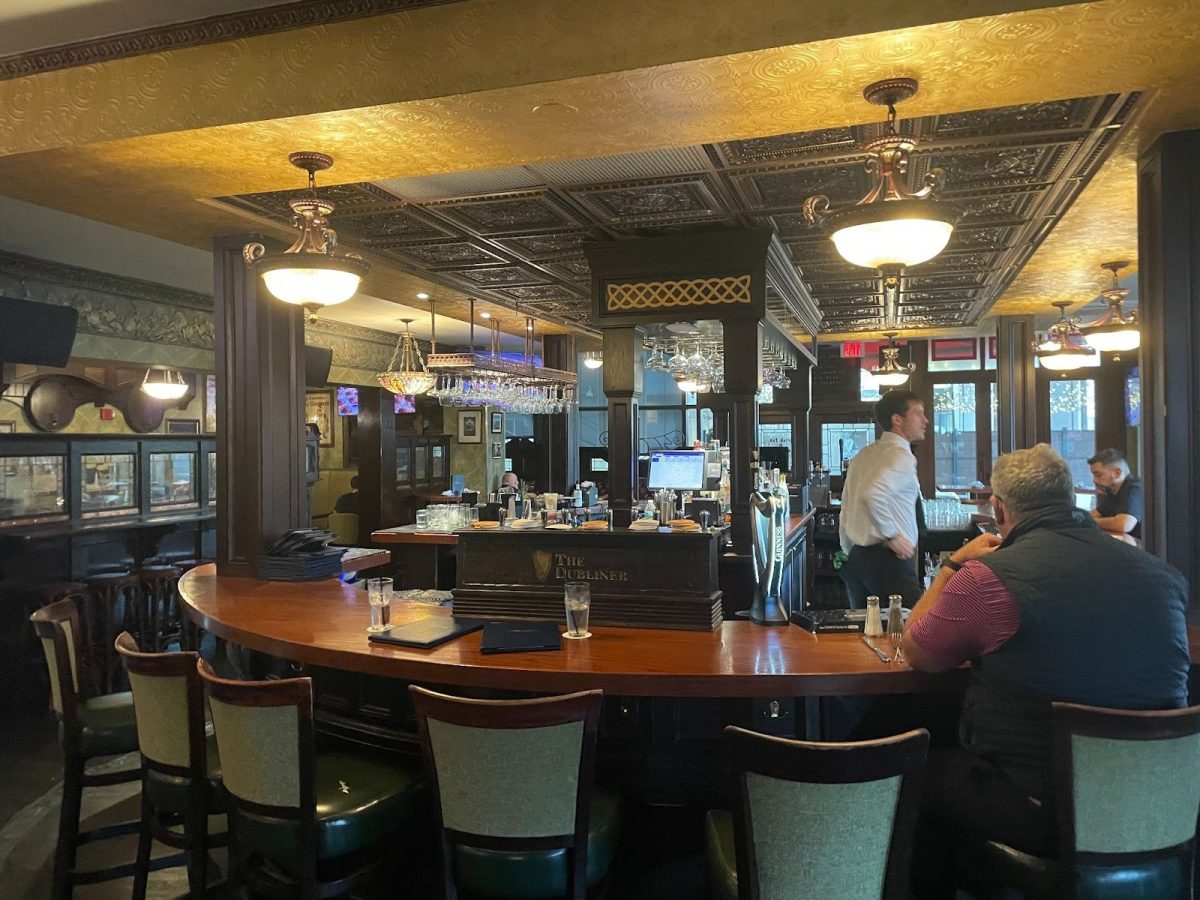Suffolk’s decision to teach all classes remotely for the remainder of the semester due to the coronavirus outbreak has caused Art & Design students to worry about how they will navigate studio classes through online instruction and access materials for their assignments.
Suffolk’s Art & Design department, which is accredited by the National Association of Schools of Art and Design, offers bachelor of fine arts degrees in interior design, graphic design and fine arts. All students pursuing these majors have to complete core classes such as Foundational Drawing and Dimensional Design as well as other essential courses that require studio space, hands-on learning and other resources that are provided on campus.
Art & Design students, like many other majors, will rely on the video conferencing service Zoom to hold their classes. They will also complete their projects individually and submit them on Blackboard. Art professors will also be able to communicate with students directly via email.
“I personally can’t and don’t want to commit to a three hour studio via Zoom, it’s too cumbersome,” said sophomore interior design major Logan Casey, who was notified that his Drawing II professor will critique their work on Zoom. “The amount of hands-on and physical learning is impossible to replicate via online courses.”
Casey and other Art & Design students mentioned that many of their professors don’t have concrete plans on how to translate an in-person studio course to an online setting.
However, junior interior design major Sophie Mailhot stated that students received more information about their classes during the first online meeting when classes resumed on March 18.
“It’s a bit confusing how everything will pan out,” said Mailhot. “I am saddened because I know the quality of instruction and education I’ll be receiving will be sacrificed due to not having in person communication.”
Audrey Goldstein, the Fine Arts & Foundations professor and department chair, is working remotely with her department and other schools across the country to redesign studio-based curriculum and to make this transition as smooth as possible so students can fully participate from home.
“It has been exceedingly busy in the department preparing to teach studio classes remotely, particularly for the Foundation and Fine Arts classes,” said Goldstein. “These classes rely on specialized classrooms that are equipped with venting systems and tools that are unsafe to use in the home.”
However, for the Design disciplines their transition will be more direct as their work is already more confined to digital platforms. Goldstein added that fortunately the Art & Design department has a VDI virtual desktop so students and faculty can access programs that are needed for assignments remotely.
Many students are concerned about their access to the on-campus supplies and resources they need, especially for foundational courses that require plotters, scanners, printers and a reliable computer.
“Students who are forced off-campus and live in other states and even just an hour away like I am have limited access to these resources,” said sophomore interior design major Michelina Larson, who is nervous about this sudden change to online classes.
Students at Suffolk rely on the art store chain Blick Art Materials, with three locations in Boston. With students out of their dorms for the semester, it may be difficult for art students to access the materials they need at Blick if they don’t live close to campus.
Another frustrating concern for art students is if online classes will hinder their professional development and growth as an artist since time spent in classrooms are vital to their success in the field.
“It’s especially nerve wracking to me and other freshmen taking these foundation classes because we’re taking them to actually get into our major. This is a huge setback that could greatly affect the quality of our work and could make it easier to be denied into our prospective program,” said James Uyar, a freshman graphic design major.
Uyar mentioned an example of him struggling to get the proportions right of a live model in a recent Drawing class. His professor put up pictures for those to trace if they needed help with drawing.
“As someone who is not very experienced in portrait drawing this helped me a ton and without being physically in class I can’t do that,” said Uyar.
Sophomore interior design major Tori Migre is worried if her work will take a serious cut in quality that will affect her “goals and aspirations in the workforce.”
“This is the year we produce most of the work that goes into the portfolios used to apply to jobs and internships,” said Migre who is also concerned that it will be difficult to find the downtime that she needs at home to focus on her assignments.
Another question that is raised is if the $200 studio fee that Art & Design students have to pay to take a studio class will be reimbursed. The Suffolk Journal reached out to the RAM Registration and Financial Center for comment, but has not yet received a response.
Sophomore interior design major Samantha Finnerty is optimistic that the Art & Design department will soon find a correct and appropriate way to virtually deliver course content.
“I do believe that as the semester progresses and they navigate this new way of instruction, things will change,” said Finnerty.
Goldstein’s goal is to keep the Art & Design community intact during this time of uncertainty. She said the department is working to create a realistic solution to implement online classes for art students.
“We are counting on the creativity and resilience of faculty, staff and students to continue the work of the semester,” Goldstein said.





















